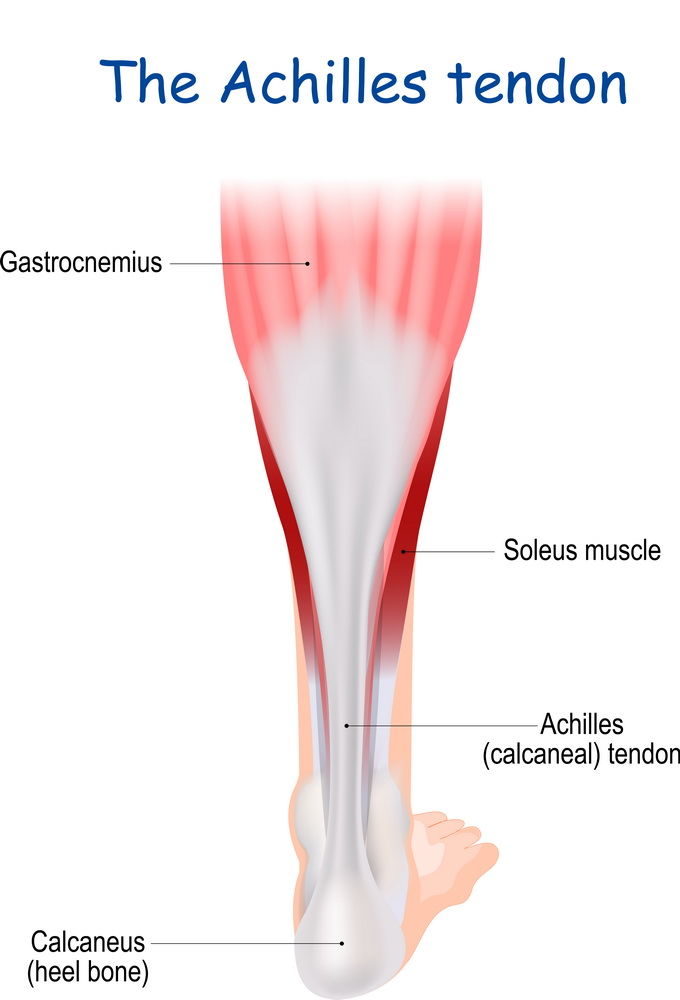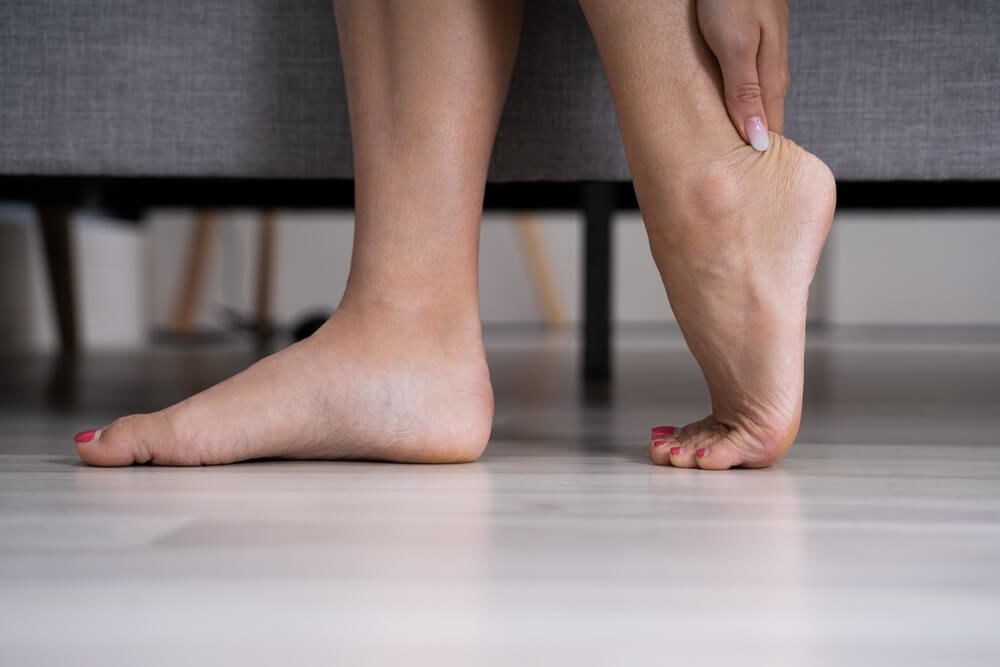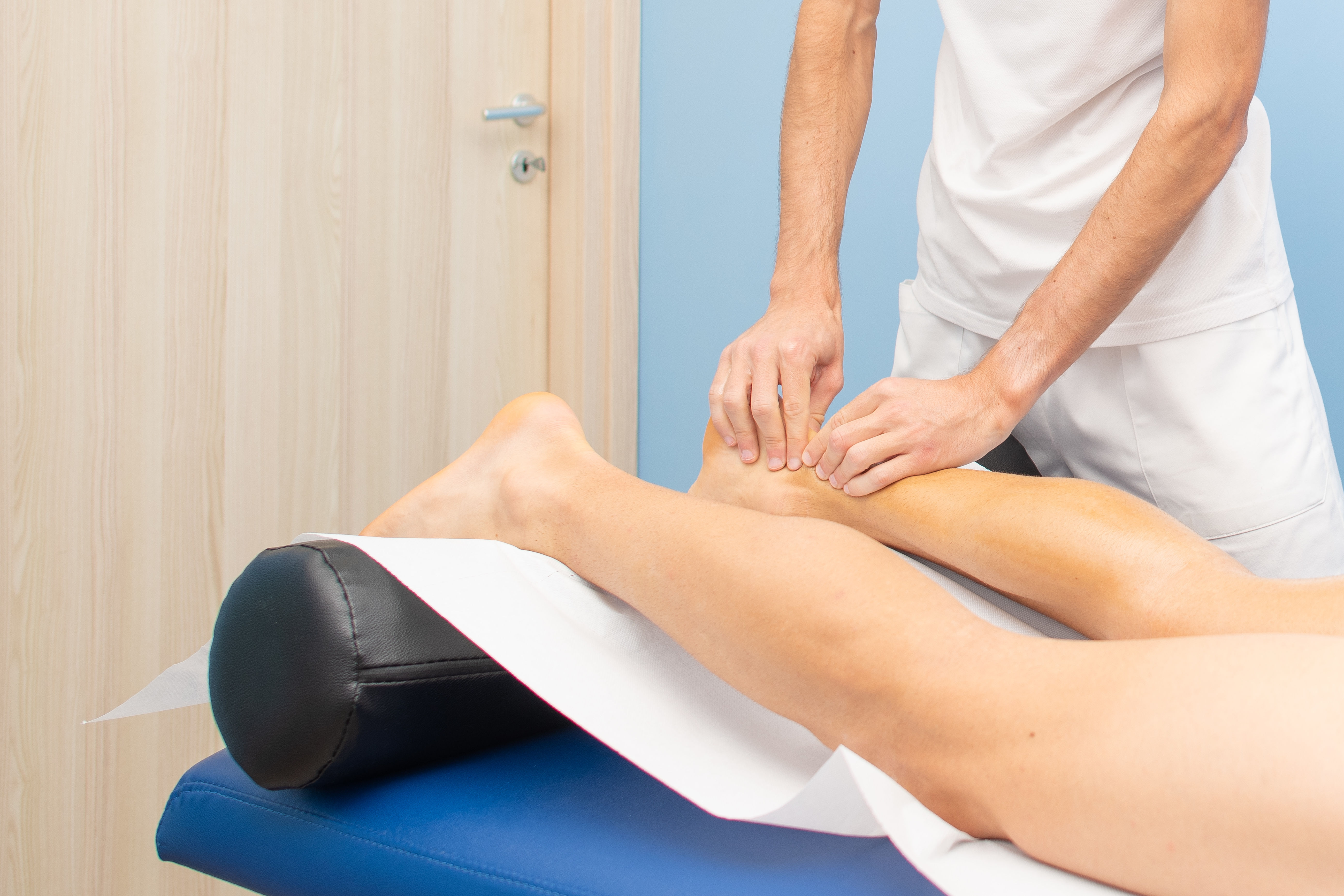Achilles Tendonitis / TendinopathyThe achilles tendon is the largest tendon in the body, is located at the back of your ankle and inserts onto your heel bone. It can be felt behind your ankle as a thick cord like structure that attaches the calf muscles (gastrocnemius and soleus) to the calcaneus. These muscles and the achilles develop very significant forces / power to help balance the body when standing, push the body forward with walking and propel the body forward when running or jumping. Should the tendon become overloaded as a result of a fall or a stumble or from increasing your weightbearing load with things like longer periods standing, increasing the pace or distance of your walk or runs, training more on hills or soft surfaces the tendon may develop tendinopathy. Tendinopathy is more common as we age due to the tendons losing some of their elasticity over time, if you have poor calf flexibility and your feet overpronate (flattening of the arch). |  |
 | The symptoms of achilles tendinopathy include pain and stiffness with tenderness to touch over the back of the ankle. Squeezing the tendon is often very painful. If left untreated the tendon can become thickened with tender lumps in the area. The diagnosis is based on your clinical examination and perhaps an Ultrasound and the tendinopathy is further subdivided into 3 different types – Reactive, Degenerative and Reactive on degenerative. Importantly, the treatment is different for each type of tendinopathy. Indeed, some of the treatment options for degenerative tendinopathy will make reactive tendinopathy worse and vice versa. Hence an accurate diagnosis is critical to ensure a quick and successful resolution |
Treatment options include
|  |